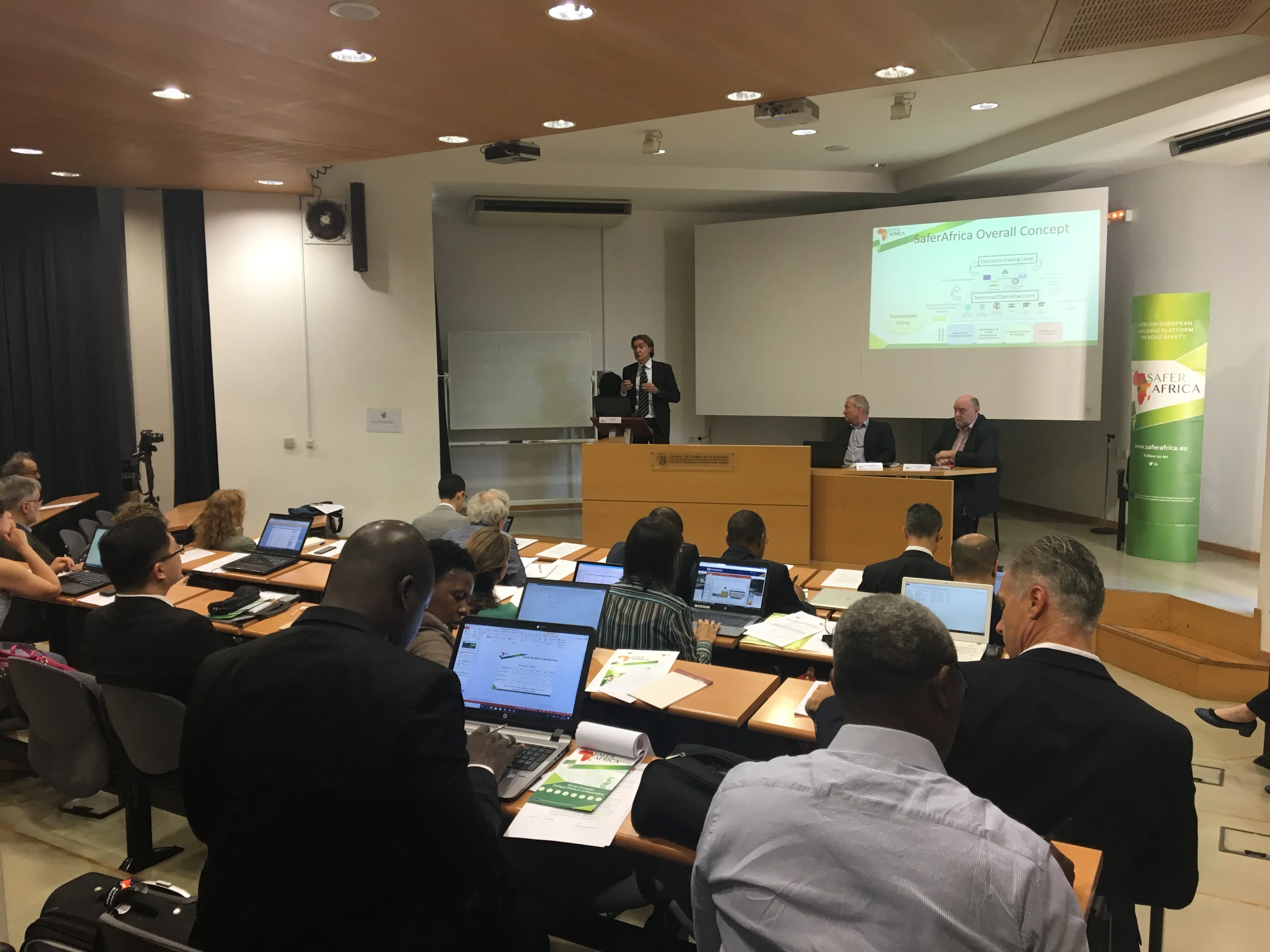Road markings are an essential component of a modern infrastructure and an essential contributor to driver comfort and road safety. The COST 331 study, which ran from 1996 to 1999, mainly focused on dry night conditions and indicated that the increased luminance of road markings, results in a better delineation of the road and offers more reaction time for drivers. On average a slight increase in speed was noted, but the increased visibility was mainly converted into more reaction time. IMPROVER, which ran
April 11, 2013
Read time: 4 mins

The COST 331 study, which ran from 1996 to 1999, mainly focused on dry night conditions and indicated that the increased luminance of road markings, results in a better delineation of the road and offers more reaction time for drivers. On average a slight increase in speed was noted, but the increased visibility was mainly converted into more reaction time.
IMPROVER, which ran from 2004 to 2006, concluded that road markings are a key factor to achieve safe road infrastructure. Several recommendations were provided for high accident areas and the project confirmed the need for ‘wet-night visibility’.As Europe’s population is ageing, there is a need to re-think how infrastructure is designed. If current demographic trends continue, it is projected that 1/3 of drivers will be above 60 years old by 2020. Road accident statistics indicate that older drivers have a risk of accidents due to lower reactivity and visibility. The need for specific actions on older people is also a priority identified in the
RainVision, aims to study the influence of road marking on driver behaviour. It will analyse how different age groups and gender groups adapt driving behaviour on the basis of the visibility and retroflectivity of road markings under all weather conditions, during night time driving.
Coordinated by the
As a first step, the project will implement a simulation study entailing the use of computer simulation technology, in relationship to different road conditions. Tests are currently ongoing and it is expected that approximately 90 drivers will participate in this first phase. In order to assess the difference of better markings for older people, the project has split the participants into three categories (20-40, 41-60 and 61 and above). Concerning the simulation design, the tests will take into account several parameters, such as day/night weather dry/wet/wet and rainy. They will also include road marking performance; road geometry: straight, curved, smooth uphill and downhill sections, and age and gender. In order to avoid biased results, test subjects will be specifically pre-selected by means of reactivity, peripheral perception and visual abilities in order to provide homogenous test groups.
As a second step, and building on the simulation, the project is conducting a track test trial. Participants will drive on a test track, containing several typical road characteristics, like left and right bends or a straight road. Driver performance will be investigated where there is no, or existing (non-reflective), lane marking, on a site equipped with marking material I (wet night visibility performance product) and for a site equipped with marking material II (enhanced wet night visibility performance product).
To obtain meaningful data, drivers take several runs through specifically chosen road sections, completing the track in wet, dry and wet and rainy-night time situations. Driving comfort and safety impact will be measured by lane-keeping behaviour (lateral and longitudinal g-forces), speed choice and subjective stress levels (by using a post-questionnaire) of drivers. To ensure comparability of results with the simulation tests, the participants will be split into same-age categories.
The project is also conducting an on-road test in the United Kingdom. Based on the collection of data, to date, several high-risk sites have been identified in Northern England and high-performance wet-night visible road markings have been applied. Accident and driver speed data will then be collected over a full climatic cycle through the discreet installation of DFS cameras, before a detailed analysis is undertaken in order to evaluate the impact of the enhanced markings on accident levels and driver behaviour in terms of speeding.
Once all trials are completed and their results analysed, the conclusions will be put together into a recommendations handbook aimed at public authorities and private operators, with results available from late 2013-early 2014.








